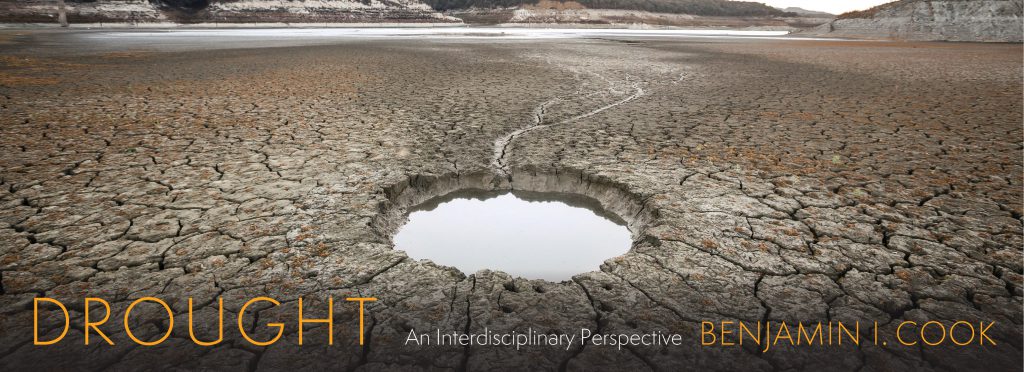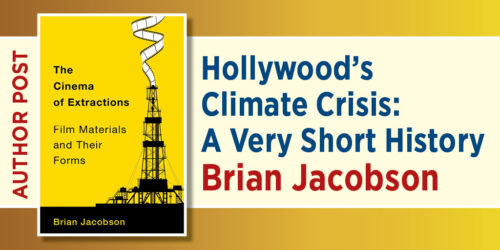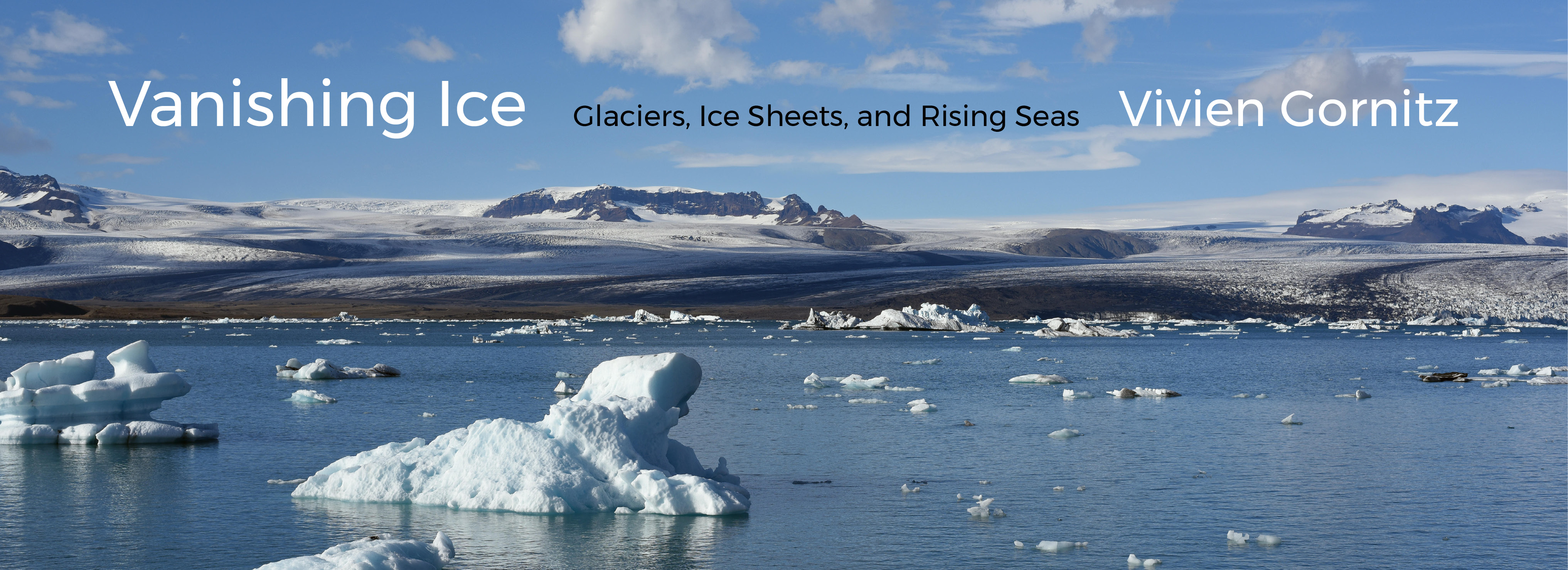Q&A: Benjamin I. Cook on Drought: An Interdisciplinary Perspective

“Cook’s tome is a first-principles, comprehensive, and up-to-date exposition of drought, including its drivers and consequences, by a major player working at the cutting edge of interdisciplinary science. The book is perfectly organized, written, and illustrated, with the early chapters on hydrology and climate laying the needed groundwork for the reader to truly appreciate the later chapters on the history and future of drought and its impacts. In my estimation, this is easily the most important and useful book ever published on the phenomenon of drought.”
~ Julio L. Betancourt, visiting scientist, Earth System Science Interdisciplinary Center
On Earth Day, you read about the imminent danger behind melting glaciers and ice sheets, but rising water is not the only ramification of global warming. The impact of lack of surface water is also cause for alarm. In today’s Q&A, Benjamin I. Cook author of Drought: An Interdisciplinary Perspective and Kevin Krajick, author at State of the Planet and senior editor for science news at the Earth Institute have a conversation in which Cook defines the term “drought” and discusses past droughts in relation to the impacts of current and future droughts, and where droughts “fall” in today’s ongoing conversations about climate change.
Be sure to enter the giveaway for a chance to win a copy of the book.
• • • • • •
Disastrous droughts are striking widespread areas of the world, from South Africa to American West. Benjamin Cook, a research scientist at the NASA Goddard Institute for Space Studies and Columbia University’s Lamont-Doherty Earth Observatory, has written a primer on everything one needs to know about the subject. Drought: An Interdisciplinary Perspective, just out from Columbia University Press, ranges from the physics of hydroclimate to the environmental and social consequences of severe drying events. Perhaps the most pressing issue: will these events become more common in a warming world, and if so, what will be the consequences? Some of Cook’s lessons are drawn from the past: among them, the drought-driven falls of the ancient Anasazi, Maya and Angkor civilizations. The book cites the latest studies on how climate change may have fed recent droughts, and how it may shift the map in the future. Cook is definitely the person to explain all this; he is author of many of the studies he cites, which have been some of the most influential and news-making of the last 10 years. We spoke with Cook recently.
Kevin Krajick: Many people probably think drought is just lack of rainfall, but it’s more complicated than that. Can you explain?
Benjamin Cook: When we think about the worst droughts, and their impacts on people and ecosystems, what we’re really talking about are dried out soils, empty reservoirs, disappearing snowpacks and depleted aquifers. Basically, a lack of available water at the surface. And while these things are obviously sensitive to rainfall, other processes like evaporation, melting of snow and ice, and human water demands can rapidly amplify these deficits. So to really understand drought, especially in the context of climate change, we need to have a comprehensive perspective that accounts for all the different things that affect water availability at the surface.
KK: Your book spends a lot of time on droughts of the past. Why?
BC: Studying past droughts helps us understand why droughts occur, and how droughts impact people and ecosystems. It also provides important context for investigating how climate change is affecting droughts today. Importantly, we see events in the past that are outside the experience of anyone living in the past few centuries. For instance, multi-decade megadroughts that affected western North America during the Medieval era. The fact that the climate system can produce such extreme events even without climate change is sobering, and a strong motivator for figuring out whether such droughts could occur again.
KK: How will warming climate affect the occurrence of drought? What areas will be most affected?
BC: Most land regions that are already relatively dry are likely to experience increased drought risk and severity, especially during summer. Unfortunately, this includes many regions with a lot of people and agriculture, like western North America, the Mediterranean, southern Africa and Australia. People in all these regions already have strategies to deal with droughts, like building reservoirs, tapping groundwater and using irrigation to support crops. But the big unanswered question is whether these approaches will be enough to meet likely increased demands in a warmer and more populous future. The U.S. Southwest is among the places discussed in the book that have been hit by persistent drought probably connected to climate change. Here, geologists traverse Arizona’s Petrified Forest National Park. (Kevin Krajick/Earth Institute)
KK: Are we already seeing the fingerprints of climate change on modern droughts?
BC: Yes, and very clearly in some areas. Warmer temperatures have intensified recent droughts by affecting evaporation and snow in California, the Pacific Northwest and the upper Colorado River basin. The Mediterranean is also a major hotspot. Anthropogenic climate change has caused a near century-scale decline in rainfall there, across the basin. That has increased the risk of events like the recent drought that preceded the civil conflict in Syria. All these changes we’re observing are completely in line with what the models are telling us should happen. We expect these impacts to get even worse with continued warming in the future.
KK: Do droughts produce effects beyond the obvious damage to crops and water supplies?
BC: There are lots of other impacts that may seem unexpected or non-intuitive. In areas where waterways are important transportation corridors, like the Mississippi River, severe droughts can drop water levels to the point where movement of ships and the goods they carry is significantly impeded. Wind erosion often increases during drought, as dry soils are more easily erodible, especially if the vegetation holding things together weakens or dies. Droughts can even increase air pollution. During the recent California drought, many hydropower stations didn’t have enough water to operate, forcing increased reliance on fossil fuels. To say nothing of the smoke from all the wildfires that got going in no small part because vegetation was dried out.





